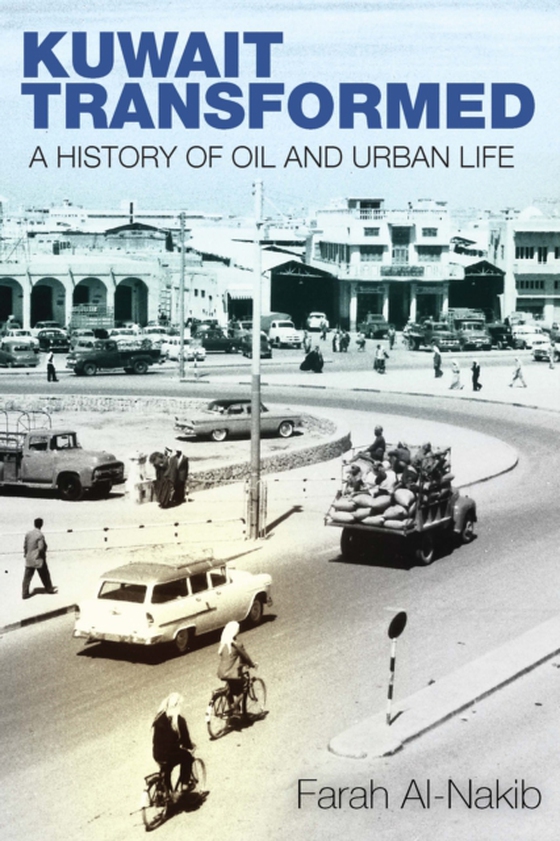
Kuwait Transformed e-bog
245,52 DKK
(inkl. moms 306,90 DKK)
As the first Gulf city to experience oil urbanization, Kuwait City's transformation in the mid-twentieth century inaugurated a now-familiar regional narrative: a small traditional town of mudbrick courtyard houses and plentiful foot traffic transformed into a modern city with marble-fronted buildings, vast suburbs, and wide highways. In Kuwait Transformed, Farah Al-Nakib connects the city's pas...
E-bog
245,52 DKK
Forlag
Stanford University Press
Udgivet
13 april 2016
Længde
296 sider
Genrer
History of architecture
Sprog
English
Format
epub
Beskyttelse
LCP
ISBN
9780804798570
As the first Gulf city to experience oil urbanization, Kuwait City's transformation in the mid-twentieth century inaugurated a now-familiar regional narrative: a small traditional town of mudbrick courtyard houses and plentiful foot traffic transformed into a modern city with marble-fronted buildings, vast suburbs, and wide highways. In Kuwait Transformed, Farah Al-Nakib connects the city's past and present, from its settlement in 1716 to the twenty-first century, through the bridge of oil discovery. She traces the relationships between the urban landscape, patterns and practices of everyday life, and social behaviors and relations in Kuwait. The history that emerges reveals how decades of urban planning, suburbanization, and privatization have eroded an open, tolerant society and given rise to the insularity, xenophobia, and divisiveness that characterize Kuwaiti social relations today. The book makes a call for a restoration of the city that modern planning eliminated. But this is not simply a case of nostalgia for a lost landscape, lifestyle, or community. It is a claim for a "e;right to the city"e;-the right of all inhabitants to shape and use the spaces of their city to meet their own needs and desires.
 Dansk
Dansk

